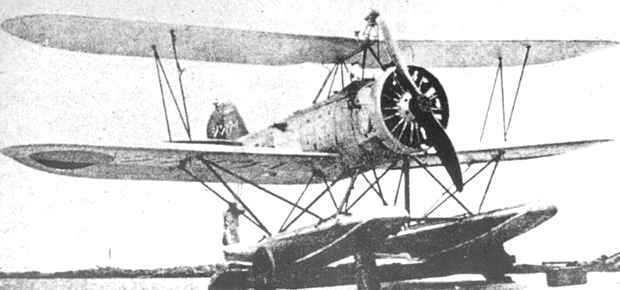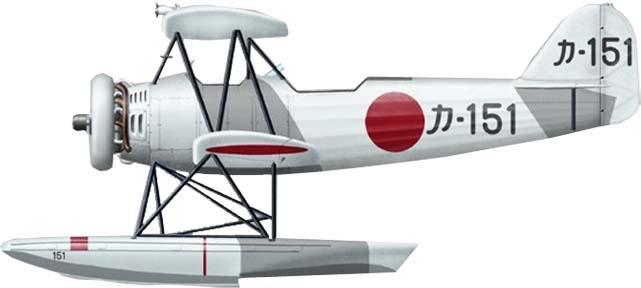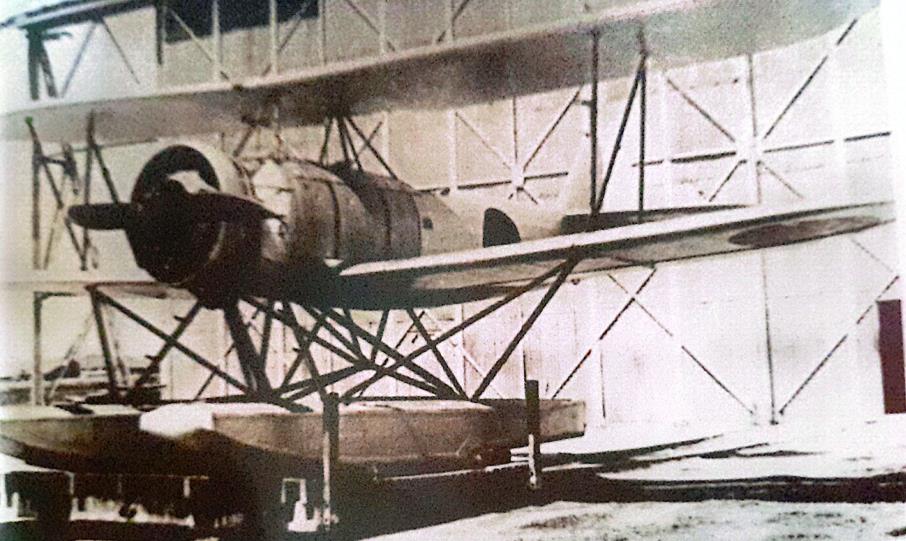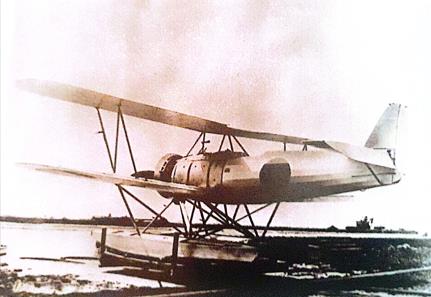| Type |
2-seat reconnaissance seaplane |
| Engine |
1 Wright "Whirlwind" J-6 with 2-bladed wooden propeller |
| Dimensions |
Length 8,5 m , height 3,5 m , span 11,7 m, wing area 38,0 m2 |
| Weights |
Empty 1940 kg, loaded 2339 kg , max. take off weight |
| Performance |
Max., speed 188 km/h at sea level, cruising speed 165 km/h, range 1000 km, endurance 4,7 h, service ceiling 3270 m , climb to 3000 m 35 min.
11 sec.. |
| Armament |
1 movable 7,7 mm machine gun, 2 30 kg bombs |
| Type |
Werk.Nr |
Registration |
History |
| HD 56A |
|
|
Delivered to Japan. Rebuilt with new engine |
In 1928, the Imperial Japanese Navy formed the terms of reference for the development of new long-range and short-range reconnaissance seaplanes, replacing the obsolete Yokosuka E1Y and Nakajima E2N, respectively. The competition for the development of a short-range reconnaissance aircraft was attended by Aichi and Nakajima, whose projects were designated "Type 90-1" and "Type 90-2", respectively.
Aichi, which has been working with Heinkel for a long time, and this time involved it in the development of the aircraft. As a result, the Heinkel HD 56 aircraft was developed - a biplane of mixed design (the fuselage frame was made of steel pipes, the wing frame was wooden, the skin was canvas). The aircraft was powered by a Wright Whirlwind J-6 engine with a capacity of 220 hp.
The aircraft passed factory tests in 1929, and in 1930 was delivered to Japan. Tests in Japan revealed a number of shortcomings, including insufficient range and aircraft speed. The design team led by Tetsuo Mikki made some changes to the design, including the more powerful Hitachi Tempu Type 90 engine (300 hp). The use of a more powerful engine led to changes in the design of the airframe: the wingspan was reduced by 23%, the float mounts were changed, the stabilizer span and the height of the vertical tail were reduced. Modernization work lasted a year, the aircraft took off in August 1931. Although the aircraft did not show very good performance, the first version of the competitor "Type 90-2" showed such unsatisfactory results that the fleet decided to adopt an Aichi aircraft called the "Type 90-1 Marine Reconnaissance Seaplane" (or E3A1).
A total of 12 E3A aircraft were produced by 1932.







